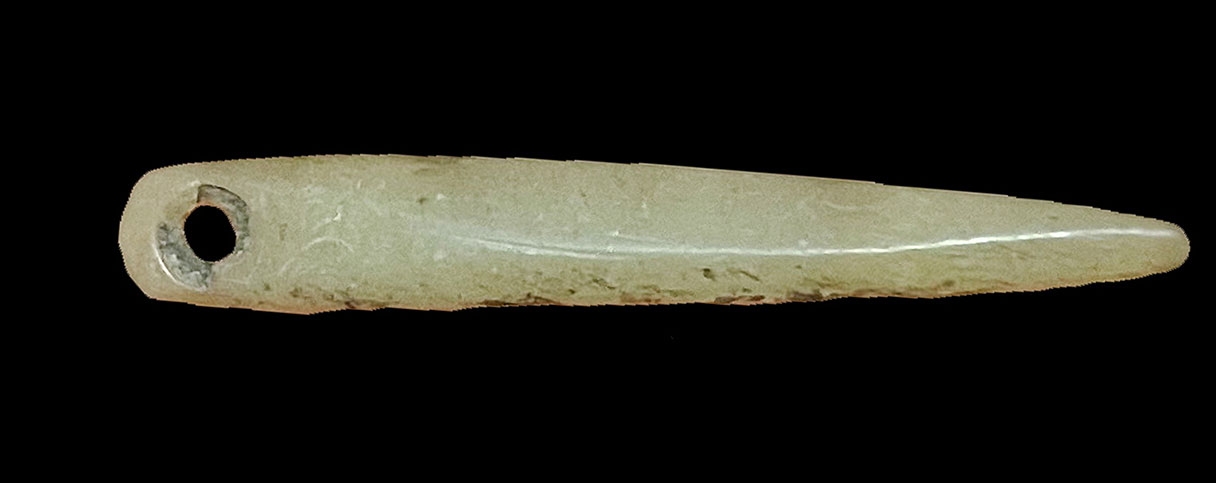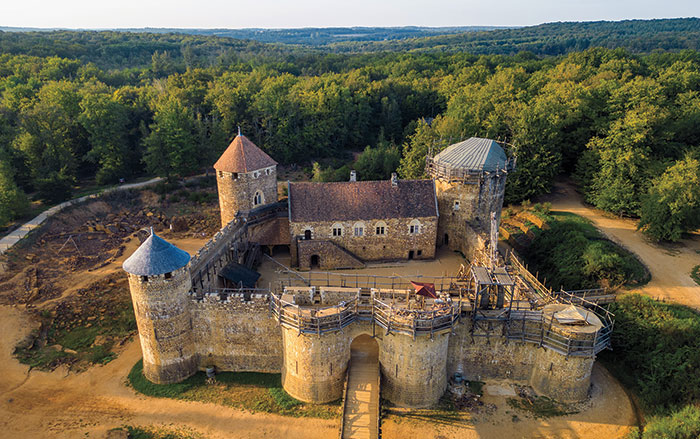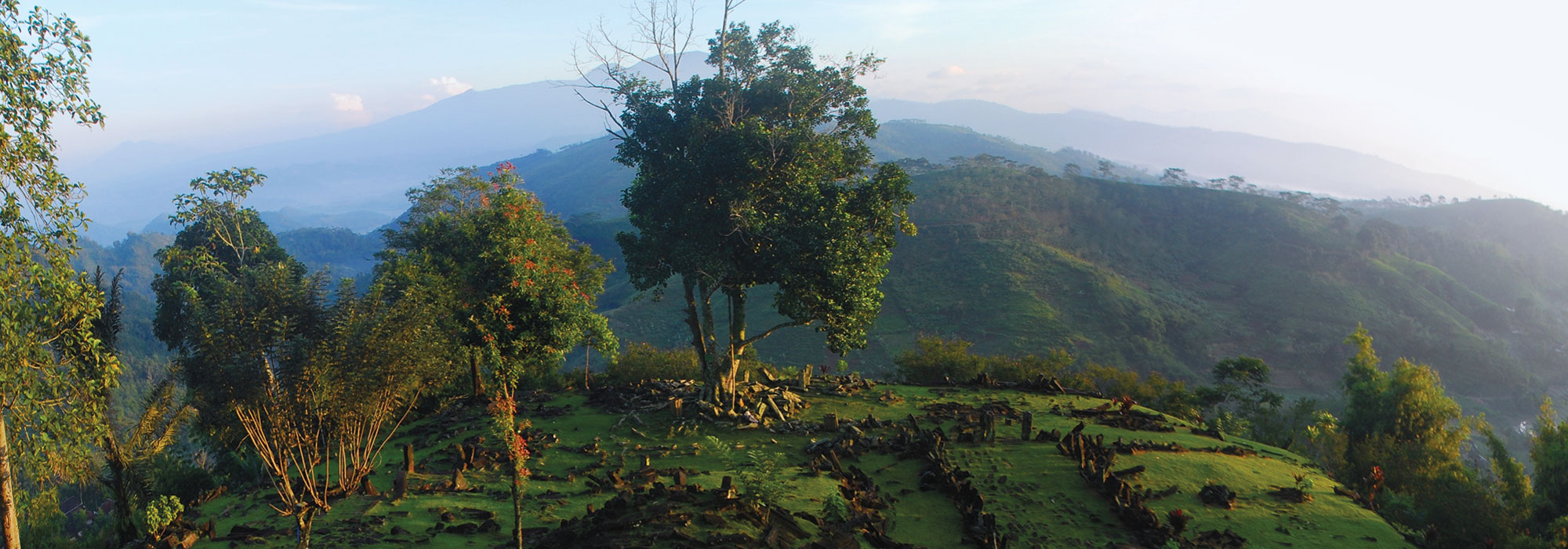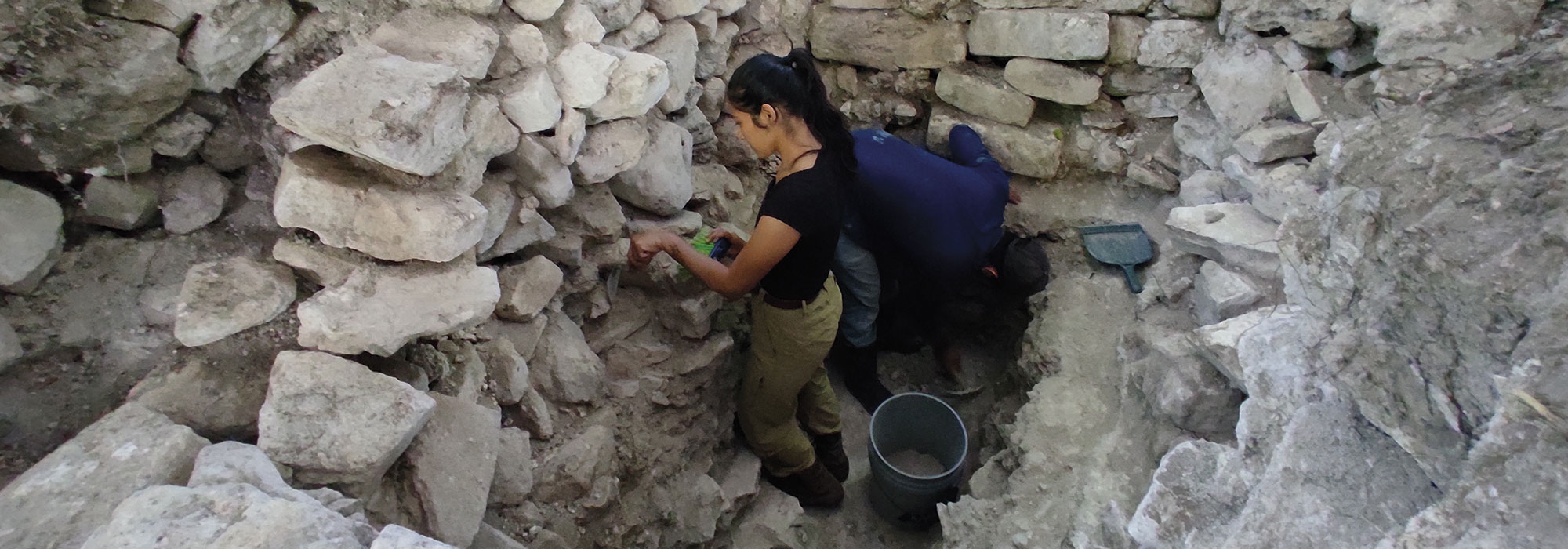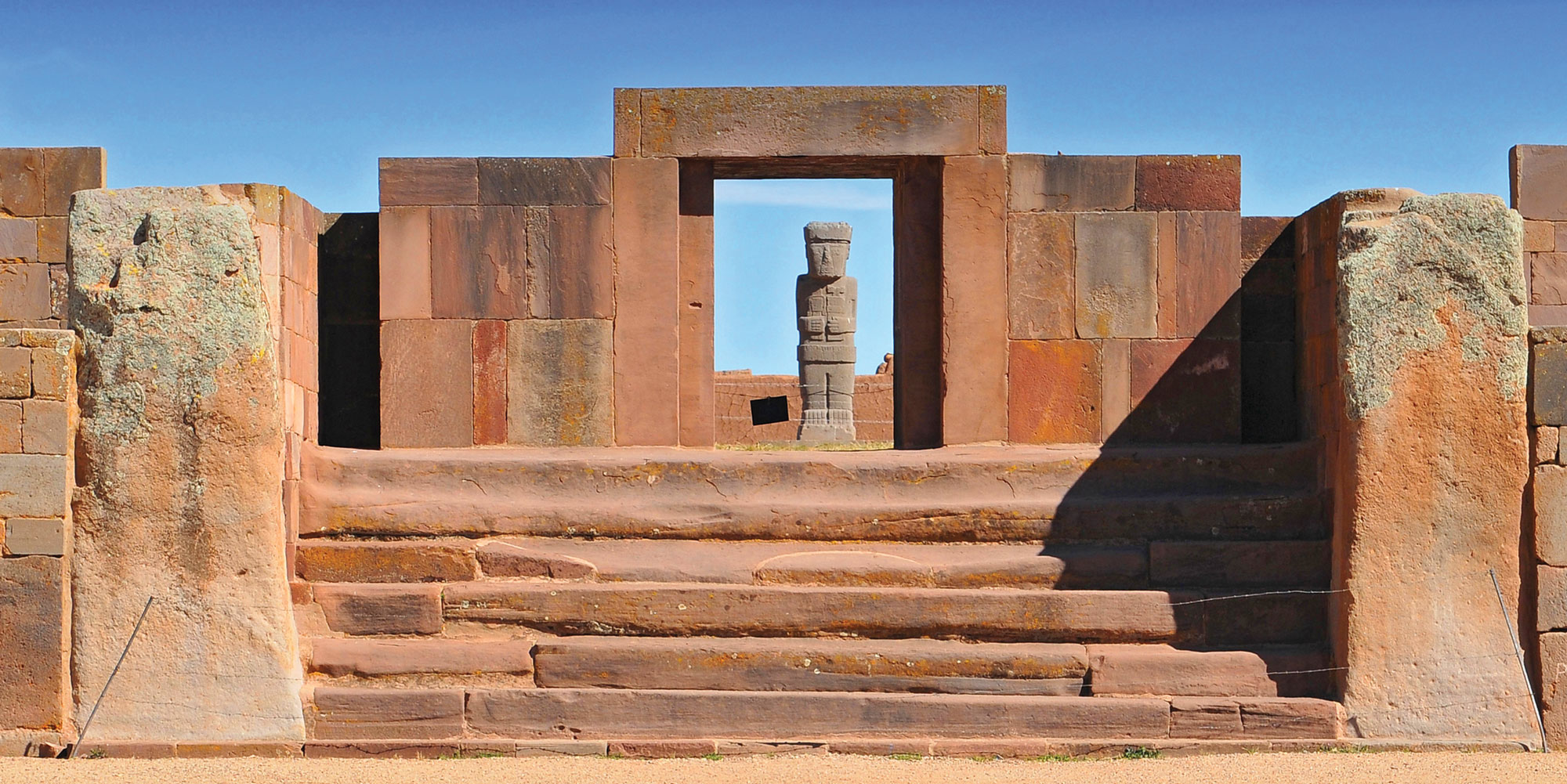
CHENGDU, CHINA—Science Magazine reports that six artifacts discovered in 2020 near the shore of Lake Xiada Co in western Tibet have been identified as stone sewing needles by Yun Chen of Sichuan University and her colleagues. The objects, thought to be about 9,000 years old based upon the radiocarbon dating of charcoal fragments and animal bones found with them, are pointed at one end and have a hole in the other. Two of them are intact, and the eyes, or holes, were preserved in four of the needles, which were made of tremolite, serpentine, actinolite, and talc. Examination with ultra-deep-field microscopy and 3-D modeling has shown that Needle 1, which is the longest, widest, and thickest of the objects, has marks characteristic of scraping along its length on all sides. It was then probably ground to produce the tip, and then sharpened with oblique scraping marks. Similar patterns were found on the other artifacts. It took Chen and her colleagues about seven times longer to replicate the stone needles than the process takes when making needles from bone. Ancient Tibetans, Chen reasoned, may have been sewing thicker materials, perhaps to make something like a tent. The researchers also note that traces of red ocher were identified on Needle 6. Critics of the study think the objects may have been used as ornaments, citing the presence of the ocher and the use of soft talc, or to weave fishing nets. To read about recent research on yak domestication, go to "Around the World: Tibet."


